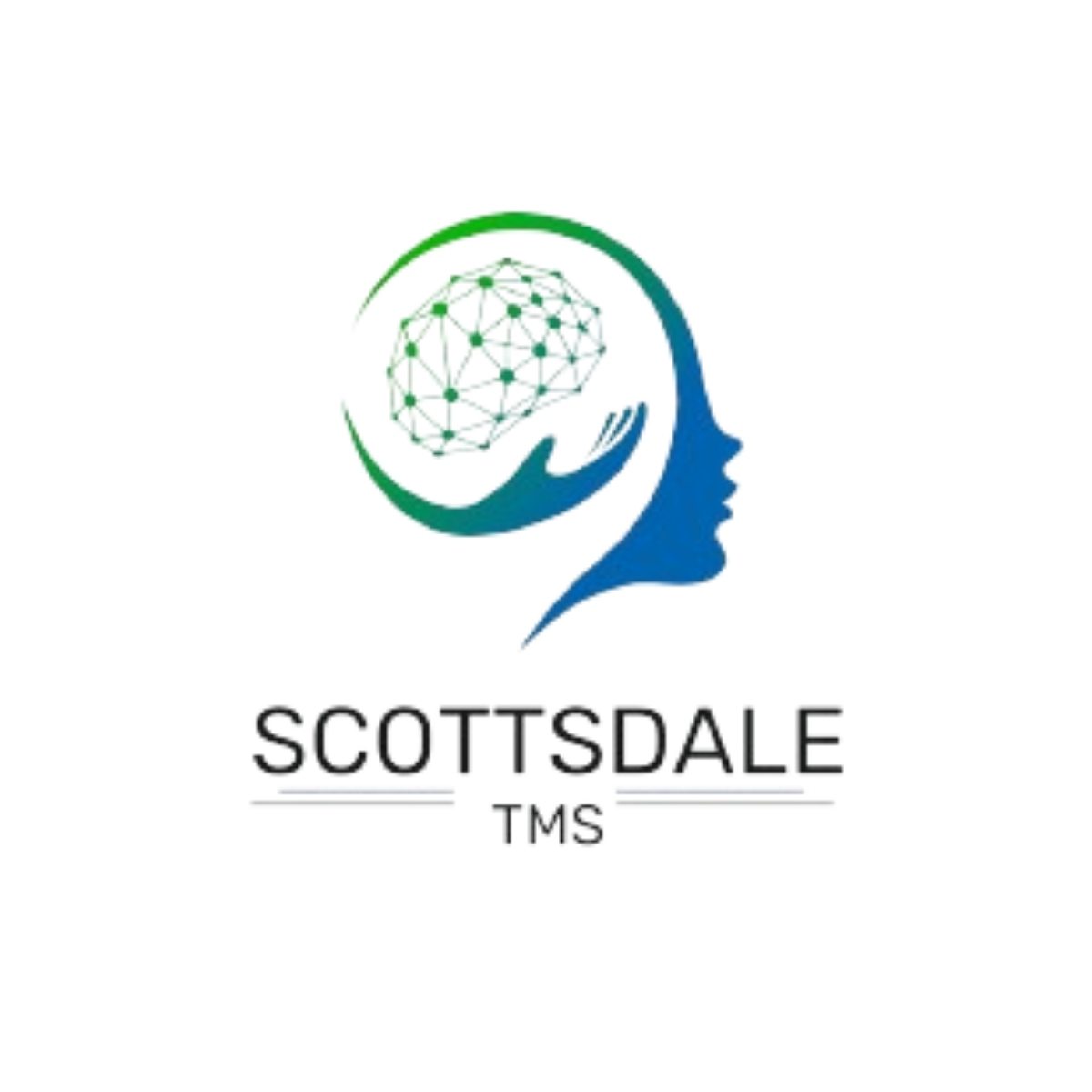Transcranial magnetic stimulation (TMS) is becoming one of the most promising tools in modern psychiatry. It is FDA-approved, non-invasive, and often used when traditional treatments for depression, anxiety, or obsessive-compulsive disorder have not worked. What sets advanced TMS apart is brain mapping, a process that ensures treatment is delivered with greater accuracy.
If you are considering TMS treatment, you may wonder what brain mapping involves and what happens during a session. This guide explains everything you need to know about TMS brain mapping, step by step.
Questions Answered in This Article:
Our Alcohol Addiction Treatment Programs

Scottsdale Rehab
Luxury Personalized Rehab

Hart Rehab
Holistic Luxury Personalized Rehab

Scottsdale Detox
Luxury Medical Detox
What is TMS Brain Mapping?
TMS brain mapping is the process of locating the treatment area in the brain where stimulation should be applied. During mapping, a doctor uses a TMS coil to deliver magnetic pulses to different parts of the scalp. These pulses create a small magnetic field that reaches the motor cortex, the brain area that controls muscle movement.
When the correct spot is stimulated, a patient’s hand or fingers may show a slight twitch. This reaction helps doctors determine the patient’s motor threshold, which is the lowest strength of stimulation that triggers a visible response. Once the motor threshold is identified, the doctor can find the dorsolateral prefrontal cortex (DLPFC), which is the usual treatment location for depression.
This precision ensures that every TMS session targets the right spot, making treatment more effective.
Why is Brain Mapping Important in TMS Treatment?
The brain is highly complex, and every person’s anatomy is different. Without TMS mapping, a provider may estimate the treatment location, which could reduce effectiveness. Mapping improves accuracy and reduces the chance of wasted treatment sessions.
Research supports the value of precision. According to the National Institute of Mental Health, more than 30% of patients with depression do not respond to medication alone. For many of these patients, TMS with brain mapping provides a personalized option.
Benefits of TMS Brain Mapping
The benefits of TMS mapping extend beyond accuracy:
- Personalization – Mapping ensures stimulation is delivered at the correct strength and in the right location.
- Improved results – More precise targeting increases the chance of symptom improvement.
- Fewer wasted sessions – Correct mapping reduces the need for repeated adjustments.
- Confidence – Patients and providers know the therapy is being delivered where it is most effective.
Compared to standard TMS without mapping, the process offers a higher level of individualized care, especially for people with complex mental health needs.
What to Expect in TMS Brain Mapping
Step 1: Initial Setup
You will sit in a chair while a trained provider positions the magnetic coil on your scalp. This coil is connected to a device that delivers magnetic pulses.
Step 2: Delivering Pulses to the Motor Cortex
The provider starts by applying gentle TMS pulses to the motor cortex. These pulses pass through the skull and activate neurons. When the correct spot is reached, your hand or fingers may show a twitch.
Step 3: Determining the Motor Threshold
This is where electromyography (EMG) may be used. EMG measures muscle responses and confirms the lowest intensity of stimulation needed to produce movement. This point is your motor threshold. It serves as the baseline for your future treatment sessions.
Step 4: Locating the Treatment Area
Once the motor threshold is established, the coil is moved forward to locate the dorsolateral prefrontal cortex (DLPFC). This region is linked to mood regulation and is the standard treatment location for depression.
Step 5: Session Duration
A mapping session usually takes between 30 and 60 minutes. Most patients describe the sensation as a light tapping on the scalp, along with a clicking sound from the device.
Finding Help and Treatment
TMS brain mapping is an essential step in ensuring that TMS treatment is accurate and effective. If you are preparing for a session, expect a painless process that feels like light tapping on the scalp. The benefits include greater accuracy, improved treatment outcomes, and peace of mind
For those struggling with depression or other mental health conditions, TMS with brain mapping could provide the breakthrough needed when other treatments have not worked.
Connect with a local TMS provider and explore whether this treatment could be right for you.

